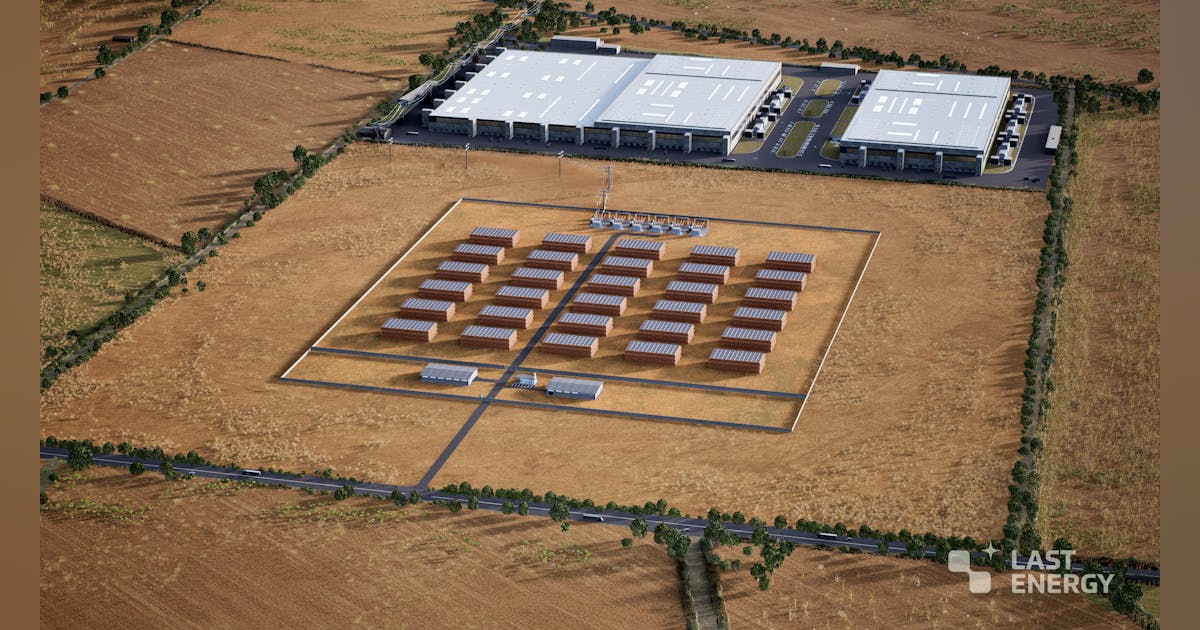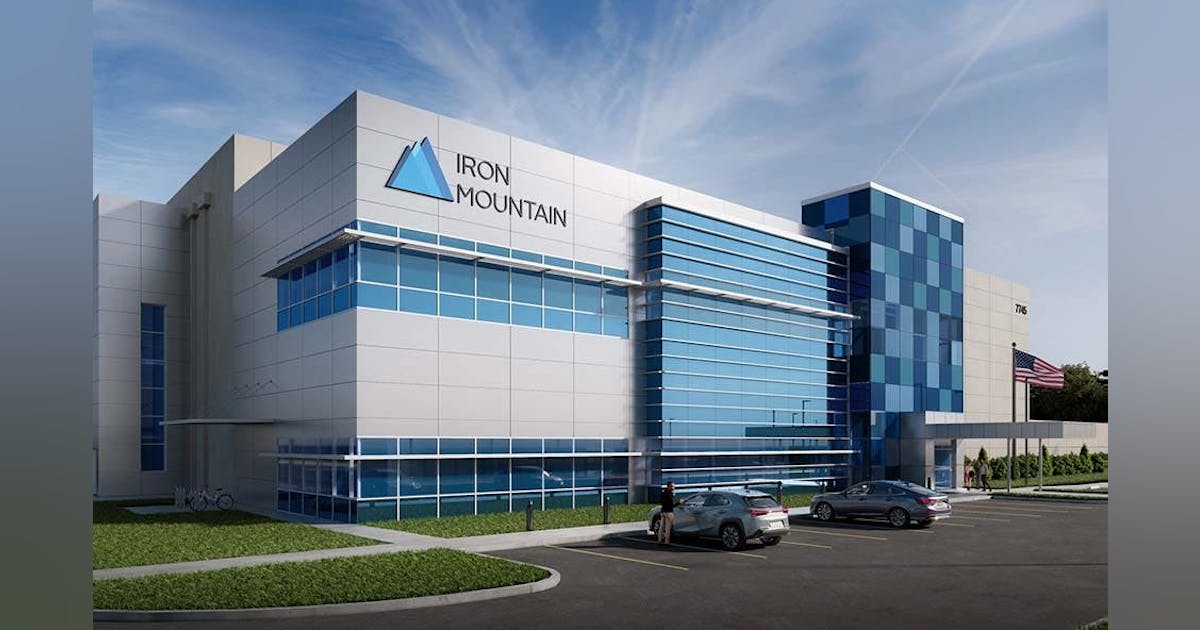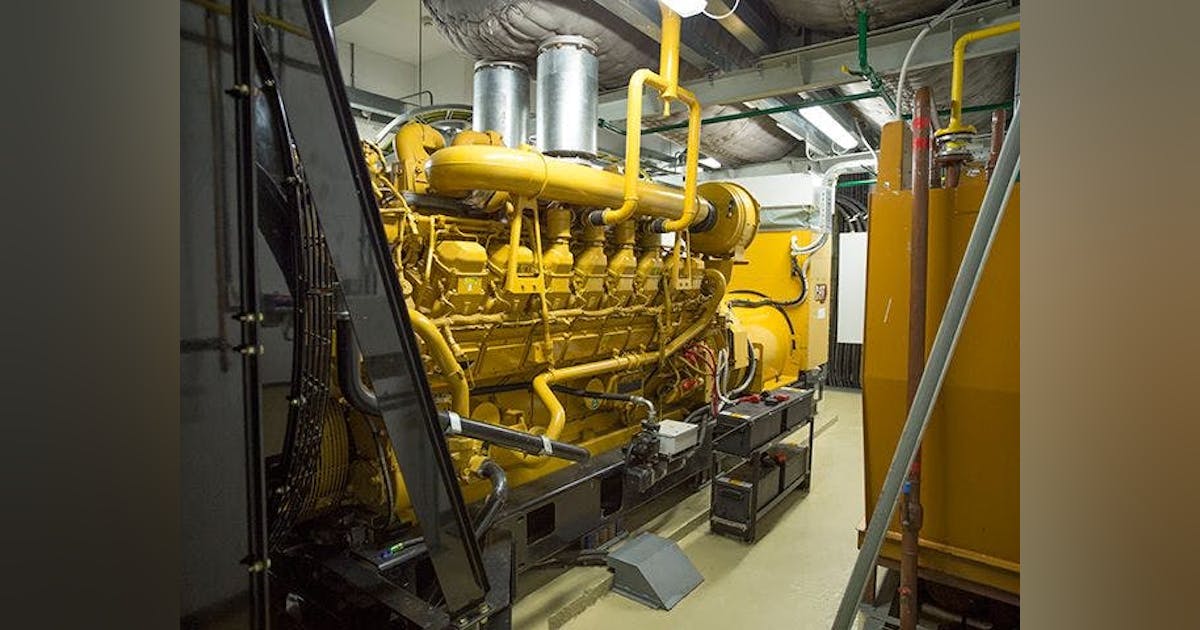
In a release posted on its site recently, BP revealed another discovery offshore Egypt.
The company outlined in the release that it “encountered four prospective Messinian gas reservoirs, with a total sand thickness of 50 meters (164 feet) at a measured depth of approximately 2,900 meters (1.8 miles)” at the El Fayoum-5 well.
The well was spudded on February 14 and is located in the North Alexandria Offshore Concession, BP pointed out in the release. The company highlighted that this is the final well in its “four-slot drilling campaign in the West Nile Delta”.
BP noted in the release that plans are underway to tie back the discovery to its operated West Nile Delta Gas Development.
Rigzone asked BP if it had any production figures for El-Fayoum-5 and if it plans more exploration drilling offshore Egypt this year. A BP spokesperson was unable to provide production figures for the well but confirmed that BP “does not plan any more exploration drilling offshore Egypt this year”.
In BP’s release, William Lin, EVP Gas & Low Carbon, said, “this reinforces BP’s commitment to Egypt and its growing energy needs”.
“With Raven Infills Phase 2 already contributing to production, we’re now fast-tracking the El King and Fayoum discoveries to tie into our West Nile Delta infrastructure,” he added.
“The delivery of Raven Infills is fully in line with our priority to grow the upstream and high grade our portfolio across the world,” he continued.
In a release sent to Rigzone by the BP team last month, BP revealed that it had made a discovery offshore Egypt. The company outlined in that release that it “encountered two prospective Messinian reservoirs at a measured depth of approximately 2,400 meters” at the El King-2 exploration well, which is situated in the North King Mariout Offshore Concession.
Rigzone asked BP for more information on these reservoirs at the time, but a company spokesperson was unable to comment.
In a separate release posted on its site last month, BP announced the start of production from the second development phase of the Raven field, offshore Egypt, which it said involves the subsea tieback of additional Raven infill wells to its existing onshore infrastructure as part of the West Nile Delta project.
The new wells are expected to produce approximately 220 billion cubic feet of gas and seven million barrels of condensate, BP noted in that release.
Nader Zaki, BP Regional President for the Middle East and North Africa, said in that release, “since January 2024, we have not stopped drilling for one day”.
“The focus of the Raven Infills project has been to fight natural decline and increase production while maximizing our existing infrastructure to meet Egypt’s domestic market demand at pace,” Zaki added.
“This further demonstrates BP’s commitment to investing in Egypt, enabled by the unparalleled support and partnership with the Ministry of Petroleum, EGPC, and EGAS,” Zaki continued.
BP highlighted in its latest release that the West Nile Delta Gas Development consists of a series of gas condensate fields located offshore Egypt, within the North Alexandria and West Mediterranean Deepwater concessions.
It added that the Raven field, which it described as the final phase of the West Nile Delta project, has been in production since early 2021. Its initial phase included the development of eight subsea wells, located up to 65 km (40 miles) offshore, at water depths ranging from 550 meters (1,804 feet) to 700 meters (2,296 feet), BP said in the statement.
BP states on its website that it takes pride in its long-standing history in Egypt, adding that it has “operated successfully in Egypt for almost 60 years” and invested “more than $35 billion during that time”.
The West Nile Delta development is listed as a “major gas project” on BP’s site, which highlights that this development includes five gas fields and is BP’s first operated asset in the country.
The West Nile Delta is currently producing close to one billion cubic feet per day from the combined West Nile Delta fields, according to BP’s site.
In a statement posted on its website last month, BP announced a “fundamentally reset strategy”. This strategy will see BP grow its upstream oil and gas business, focus its downstream business, and invest with increasing discipline into the transition, the company noted in that statement.
To contact the author, email [email protected]






















